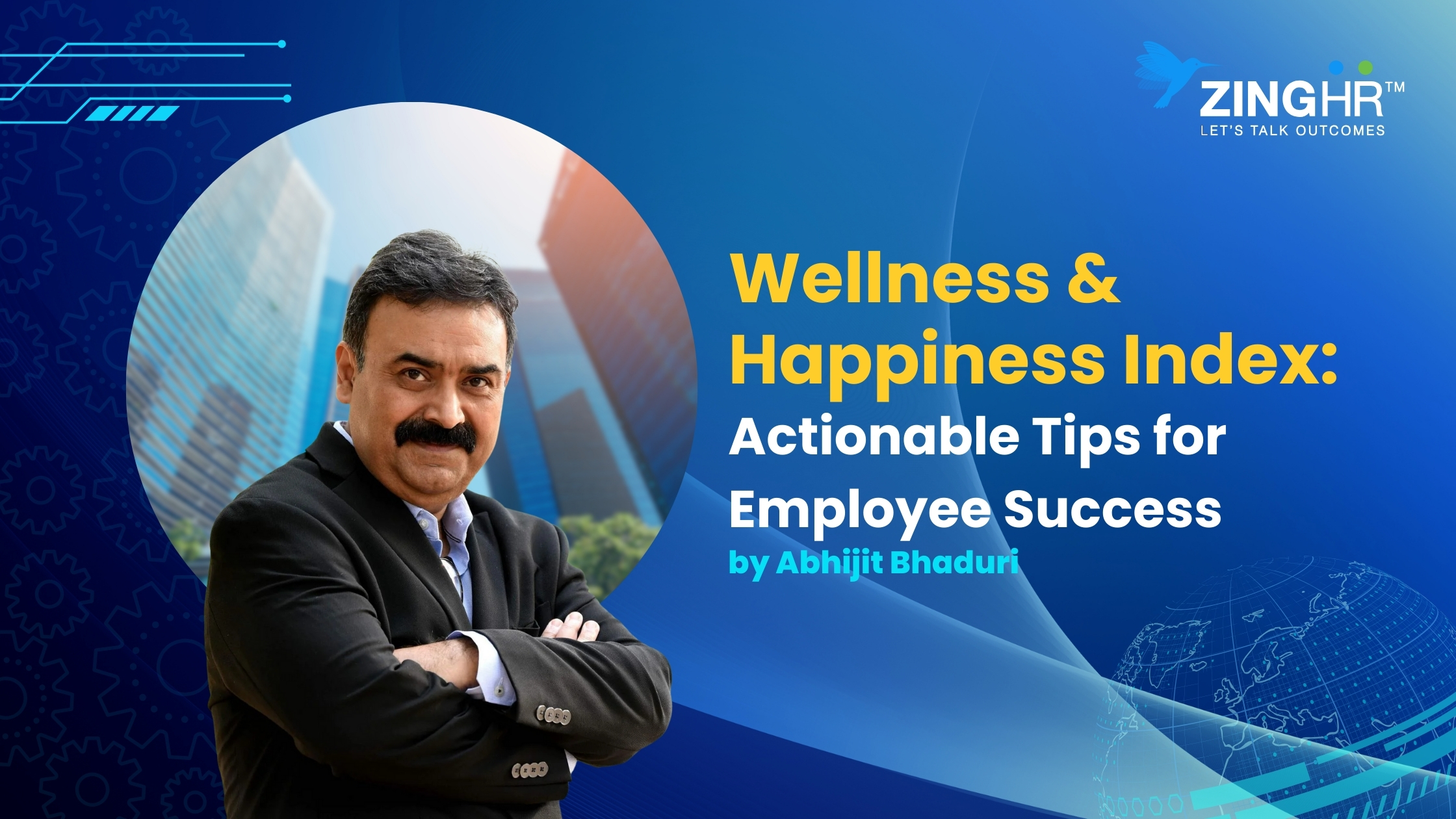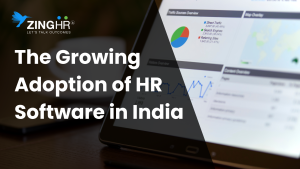Employee well-being is no longer a perk; it’s a strategic imperative. A happy, healthy, and engaged workforce translates to increased productivity, innovation, and a significant competitive advantage. To measure and improve these aspects, organizations can leverage the concept of a Wellness & Happiness Index. This index goes beyond traditional metrics, providing a holistic view of employee well-being across various dimensions.
Building a Well-Rounded Workforce: Actionable Ideas
Here are three key actions businesses can implement to improve employee engagement, wellness, happiness, and aspirations:
1. Personalized Well-being Programs
Offer a diverse range of well-being programs catering to physical, mental, emotional, and financial well-being. This could include fitness classes, mindfulness workshops, financial literacy seminars, and Employee Assistance Programs.
Utilize surveys and data analytics to understand individual needs and preferences. This allows for personalized recommendations and program participation, maximizing the impact of well-being initiatives.
Integrate well-being programs into the company culture. Promote participation through internal communication channels, gamification elements, and recognition programs, fostering a culture of well-being.
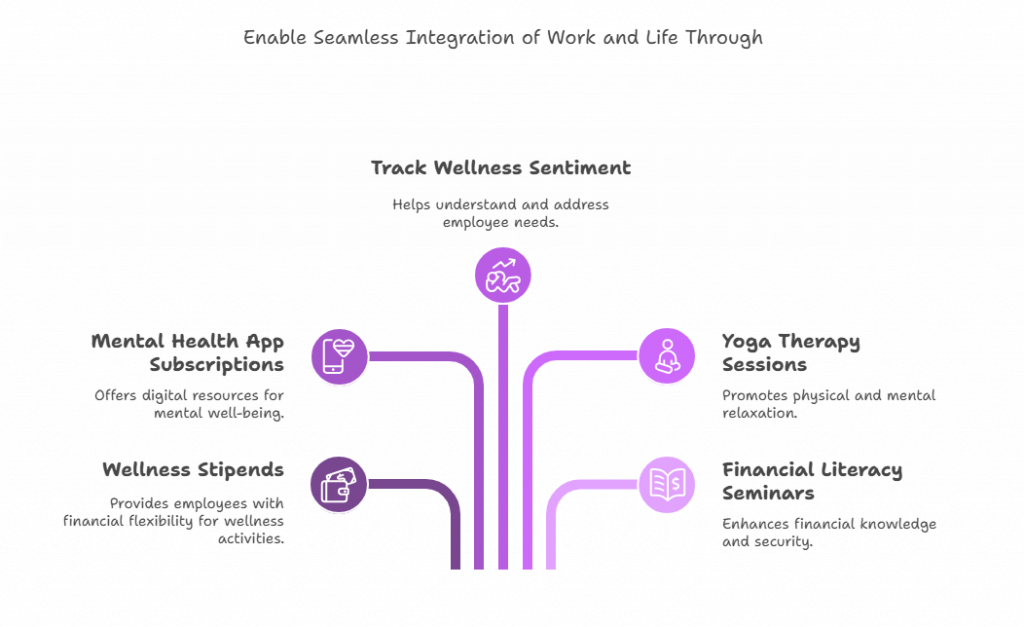
2. Work-Life Integration Initiatives
Implement flexible work arrangements such as remote work options, compressed workweeks, and flexible start/end times. This empowers employees to manage their personal and professional lives effectively, reducing stress and burnout.
Offer generous paid time off (PTO) policies and encourage employees to disconnect and recharge during vacations. This allows for improved work-life balance and a return to work with renewed energy and focus.
Promote healthy boundaries by discouraging after-hours communication and respecting employee time outside of work hours. This fosters a culture of respect and reduces work-life conflict.
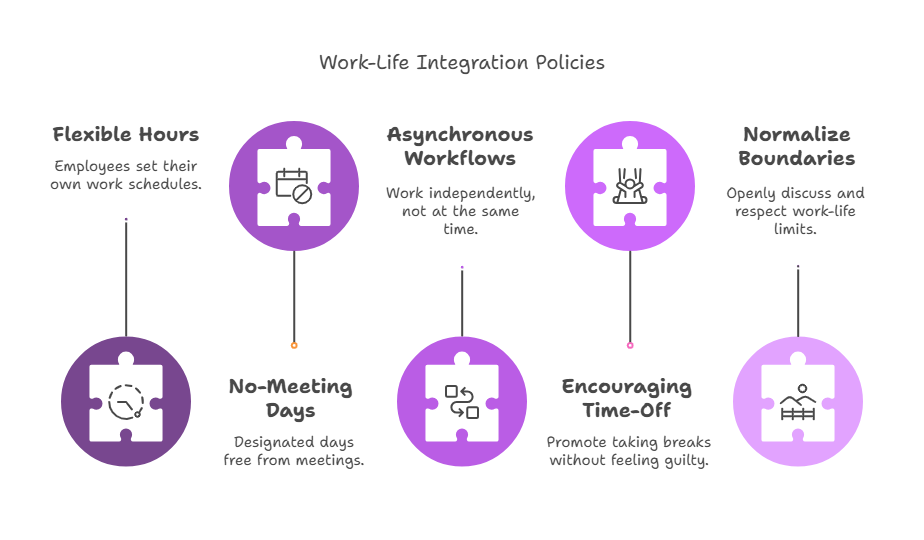
Career Development & Growth Opportunities:
3. Career Development & Growth Opportunities
Provide clear career development paths with opportunities for learning, skill development, and advancement. This motivates employees, fosters a sense of purpose, and aligns individual aspirations with organizational goals.
Offer mentorship programs that connect experienced employees with high-potential individuals. This facilitates knowledge transfer, career guidance, and fosters a sense of belonging within the organization.
Invest in employee training and development programs. This equips employees with the skills and knowledge necessary to excel in their current roles and prepare them for future opportunities within the organization.
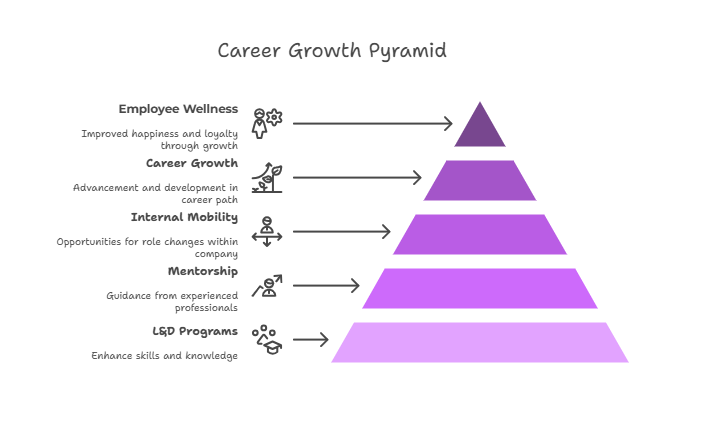
4. Strategic & Future-Focused Questions for the Leadership Team
How can we leverage the Wellness & Happiness Index to identify areas for improvement and tailor well-being programs to address specific employee needs?
Beyond traditional metrics like productivity, how can we measure the impact of well-being initiatives on employee engagement, retention, and overall business performance?
Looking ahead, how can we create a work environment that fosters long-term employee well-being, attracting and retaining top talent in a competitive market?
By implementing these actions and addressing the strategic questions, organizations can create a work environment that prioritizes employee well-being. This, in turn, leads to a more engaged, productive, and innovative workforce, ultimately driving business success.
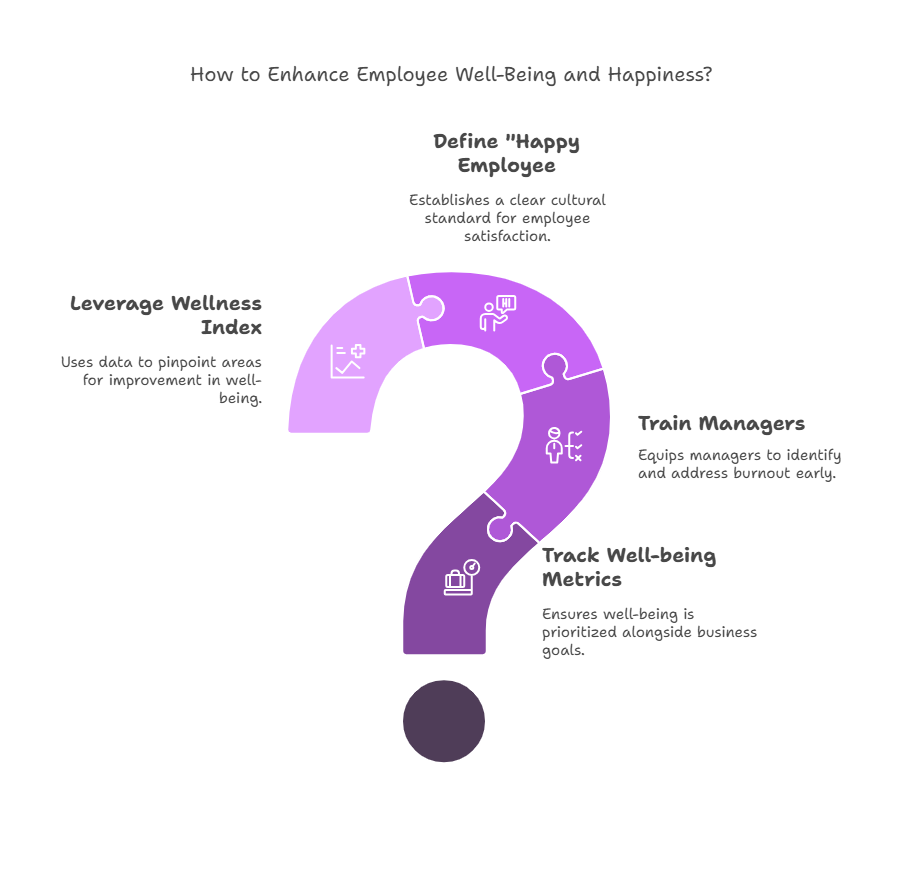

Abhijit Bhaduri is a celebrated thought leader and LinkedIn Top Voice with over a million followers. With leadership roles at Microsoft, Wipro, and global giants like PepsiCo and Tata Steel, he brings deep expertise in Learning & Development. The acclaimed author of Don’t Hire the Best and Dreamers and Unicorns, Abhijit has also shared insights on platforms like Forbes and hosted the popular podcast series Dreamers and Unicorns.

